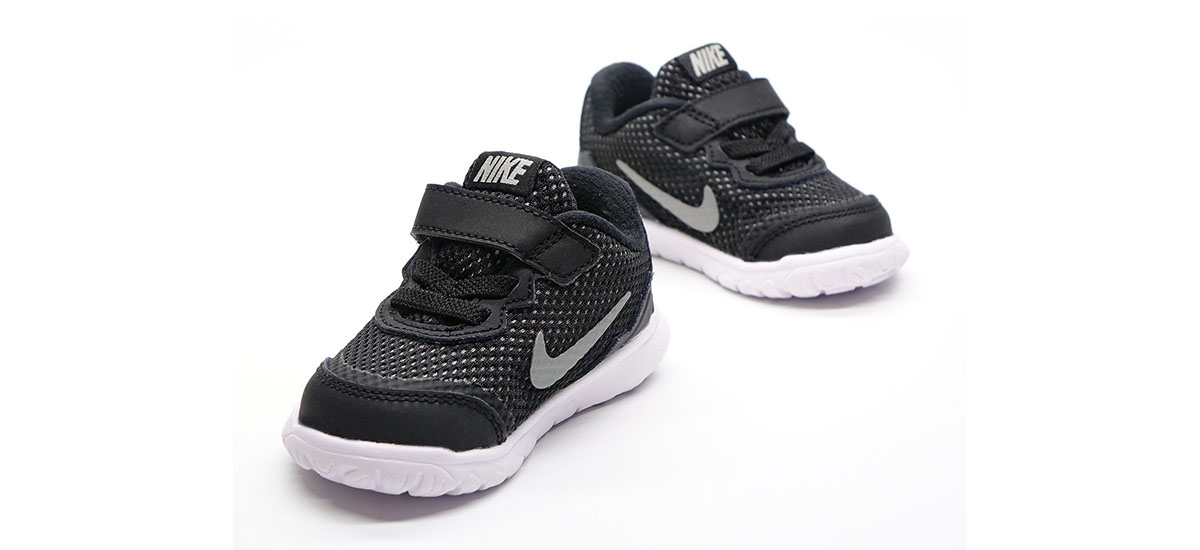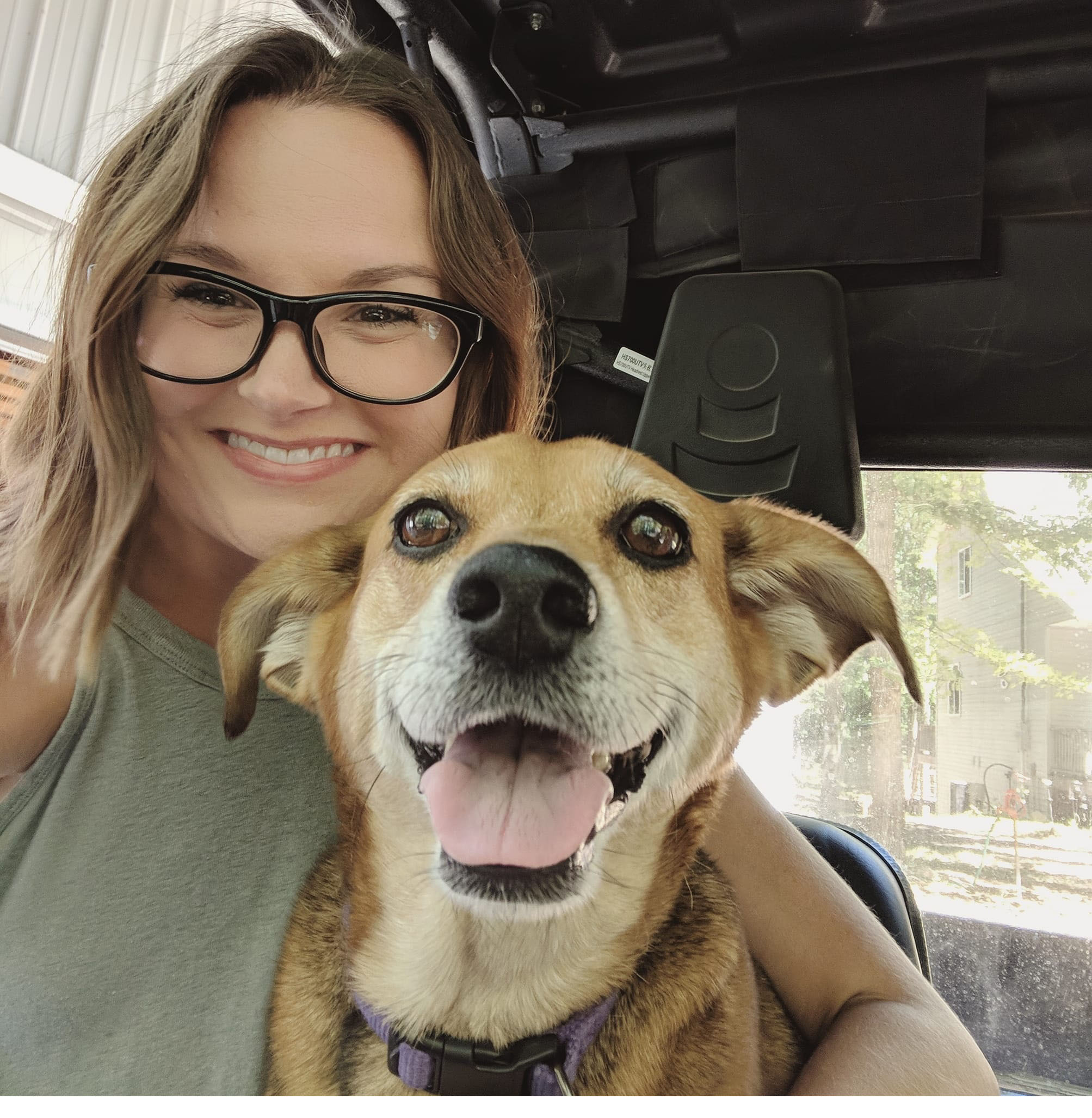
Baby Shoe Shopping
Even if we want them to, babies can’t go barefoot forever. While the American Academy of Pediatrics does recommend letting them go shoeless while their feet and ankles strengthen during the first signs of walking, you’ll have to take the plunge and purchase baby shoes once your baby becomes a true walker.
This can sound like a fun project at first, but as soon as you start researching sizing, looking at size charts, reading measurement instructions, and then trying to find your size in stock somewhere online, it can turn into a chore pretty quickly! Before you swear off shoe buying and decide to just keep your baby at home and barefoot forever, try following these simple steps for buying shoes for your baby.
Measure, re-measure, and then measure again.
Baby foot measuring is a science. You can’t just take a ruler and measure the bottom of a foot and call it a day. There are correct (and incorrect) ways to measure your child’s feet for shoes to get the right fit. Baby shoe experts Stride Rite have very specific instructions on their website for how to measure your baby’s feet.
Per their instructions, you can print their sizing guide and then tape it to your floor. Using the printable ruler they provide, have your child stand barefoot on the guide and mark the guide where your child’s big toe ends. This will measure the length.
To measure the width, you’ll use their width ruler and wrap it around the largest part of your baby’s foot, mark it with a pencil and then you’ve got your width measurement.
For reference, the below guide is what the average baby wears at a given age. This is definitely not the case for all babies, but it can help give you a sense of whether or not you measured correctly. If you’re several months off the expected size for your baby, try measuring again.
- 0-3 months: Size 1
- 3-6 months: Size 2
- 6-9 months: Size 2.5 to 3
- 9-12 months: Size 3.5 to 4
- 12-18 months: Size 4.5 to 5
- 18-24 months: Size 5.5 to 6
If you absolutely cannot seem to get an accurate measurement, try visiting a local Stride Rite (or other kid’s shoe store) and ask if they’ll measure for you. Stride Rite also recommends measuring your child’s feet every two months to ensure proper shoe fitting.
Note: Don’t forget to consider socks when choosing a shoe size if you’re child will be wearing them with their shoes.
Find your baby’s style
Before you start looking, decide on the style that will best fit your baby’s needs. What will they be doing? How active are they on a regular basis? If you send your little one to daycare or school, you will likely want something more durable and with more support than you would need in a pair of sandals for an outing at the beach. Take your daily routine into account when shopping for some of the most popular styles.
Popular baby shoe styles:
- Sneakers – Probably one of the most common and versatile baby shoes, you can get these in lace-up or velcro closure.
- Sandals – For younger babies, sandals with straps to keep them on are your best bet.
- Mary Jane – This mix of sandal and sneaker might be the best choice. Wear them with or without socks and get them with easy on and off velcro closures.
- Boots – It’s best to stick to practical boots for younger babies and not something trendy. For winter boots, look for something lined for warmth and easy to pull on and off.
What to look for in a baby shoe
Besides getting the right fitting shoes, you want them to be safe and comfortable for your baby. You also want to make sure they’re within your budget.
Baby shoe must-haves
- A no-slip, flexible sole
- Soft padded footbed
- Breathable fabric
- Secure closures
Baby shoe brand pricing
The pricing will vary by brand. Name brand, high-quality shoes like See Kai Run or Stride Rite can cost from $35 to $50 per pair. Note that Target carries its own Stride Rite models and those run closer to $25 and have great reviews.
Stores like Carter’s, Old Navy, and Gap have shoes in the $15 to $20 range that are stylish and comfortable. Again, pay attention to your baby’s needs before purchasing. It may be worth splurging on the name brand sneakers if they’re going to be trucking around in them all day.
A Final Note
Shopping for your baby’s first shoes can be overwhelming. Just remember, all you need to focus on is the fit, function, and safety. Measure several times to get the right fit, look for flexible non-skid soles, and buy a style that fits your baby’s lifestyle. Good luck and have fun shopping, mamas!


